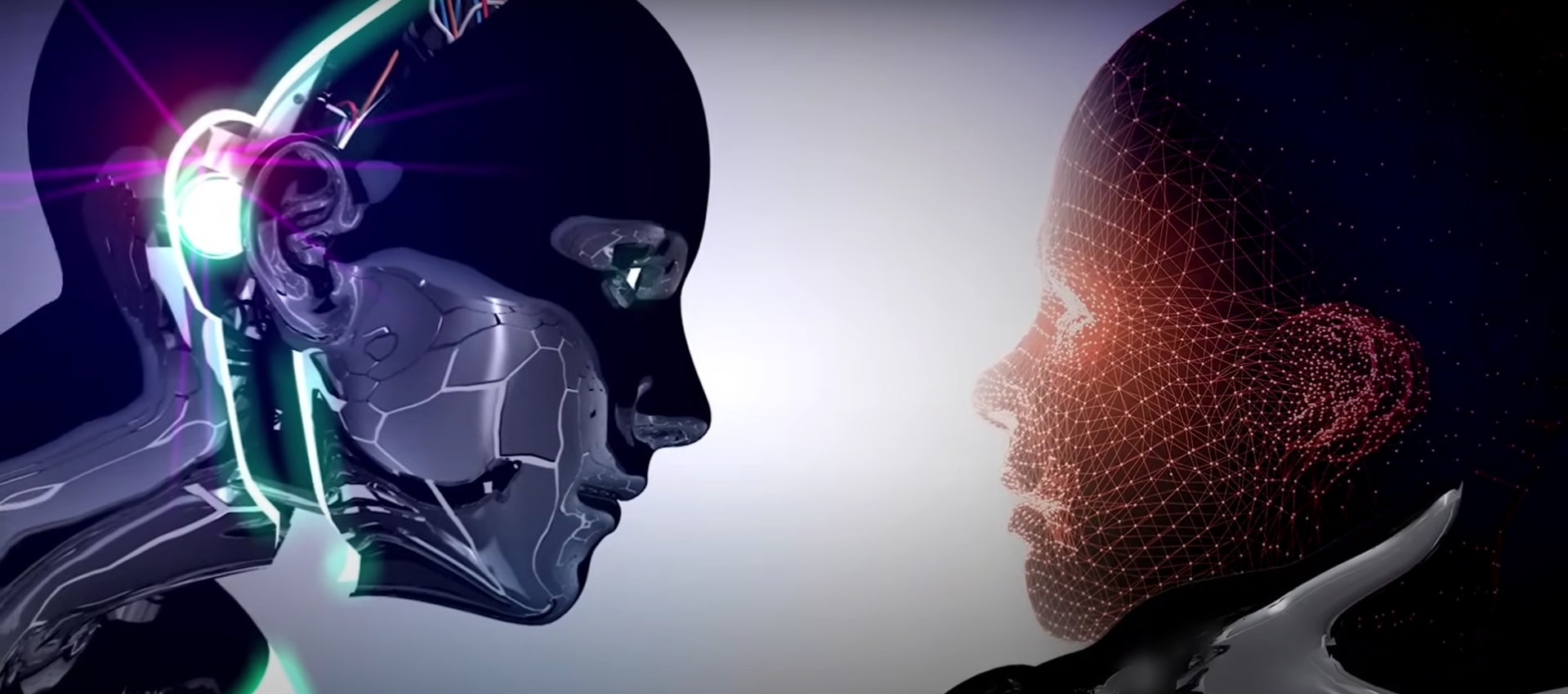Deep learning is a subset of machine learning that has gained a lot of attention in recent years due to its impressive ability to analyze and interpret complex data. Deep learning models are designed to mimic the way the human brain works, using artificial neural networks to learn patterns and make decisions based on data. In this beginner’s guide, we will break down deep learning models and explore how they work.
What is Deep Learning?
Deep learning is a type of machine learning that uses artificial neural networks to learn from data. These neural networks are composed of layers of interconnected nodes, or neurons, that work together to process and analyze information. Deep learning models are capable of learning complex patterns and relationships in data, making them particularly well-suited for tasks such as image and speech recognition, natural language processing, and autonomous driving.
How do Deep Learning Models Work?
Deep learning models work by learning patterns and relationships in data through a process called “training”. During training, the model is fed a large dataset containing examples of inputs and outputs, which it uses to adjust its internal parameters and improve its performance. The model is then tested on a separate dataset, called the validation set, to evaluate its accuracy and make further adjustments if necessary.
The key components of a deep learning model are the input layer, hidden layers, and output layer. The input layer receives the raw data, such as images or text, and passes it on to the hidden layers, which perform the actual processing and feature extraction. The output layer then produces the final result, such as a classification or prediction.
Types of Deep Learning Models
There are several types of deep learning models, each designed for specific tasks and applications. Some common types of deep learning models include:
- Convolutional Neural Networks (CNNs): CNNs are commonly used for image recognition tasks, such as identifying objects in photographs or videos. They use a technique called convolution to extract features from the input data and pass them through layers of neurons to make predictions.
- Recurrent Neural Networks (RNNs): RNNs are designed for sequential data, such as text or time series data. They have the ability to remember past information and use it to make predictions based on the current input. RNNs are commonly used for tasks such as machine translation and speech recognition.
- Generative Adversarial Networks (GANs): GANs are a type of deep learning model that consists of two neural networks, a generator and a discriminator, that work together to generate realistic data samples. GANs are commonly used for tasks such as image generation and data augmentation.
- Deep Reinforcement Learning: Deep reinforcement learning is a combination of deep learning and reinforcement learning, where an agent learns to perform tasks through trial and error. This type of model is commonly used in robotics and game playing tasks.

Common Challenges in Deep Learning
While deep learning models have shown impressive performance in various tasks, they also come with their own set of challenges. Some common challenges in deep learning include:
- Overfitting: Overfitting occurs when a model performs well on the training data but fails to generalize to new, unseen data. This can happen when the model is too complex or when the training data is limited.
- Training Time: Deep learning models require a large amount of data and computational power to train, which can be time-consuming and expensive.
- Interpretability: Deep learning models are often considered black boxes, meaning that it can be difficult to interpret how they make decisions. This can be a problem in critical applications, such as healthcare or finance.
- Data Quality: Deep learning models are highly sensitive to the quality of the data they are trained on. Poor quality data can lead to inaccurate results and biased predictions.
FAQs:
What are the applications of deep learning models?
Deep learning models are used in a wide range of applications, including image recognition, speech recognition, natural language processing, autonomous driving, healthcare, and finance.
How do I train a deep learning model?
To train a deep learning model, you need to gather a large dataset containing examples of inputs and outputs, define the architecture of the model, and optimize its parameters using an optimization algorithm such as stochastic gradient descent.
How can I evaluate the performance of a deep learning model?
You can evaluate the performance of a deep learning model by measuring metrics such as accuracy, precision, recall, and F1 score on a separate validation set. It is also important to consider factors such as computational efficiency and interpretability.
What are some best practices for training deep learning models?
Some best practices for training deep learning models include data preprocessing, regularization techniques, hyperparameter tuning, model selection, and monitoring performance metrics during training.
Conclusion
Deep learning models are a powerful tool for analyzing and interpreting complex data. By understanding the key components of deep learning models, their applications, and common challenges, beginners can start to explore the exciting world of deep learning and leverage its potential for various tasks and applications.
